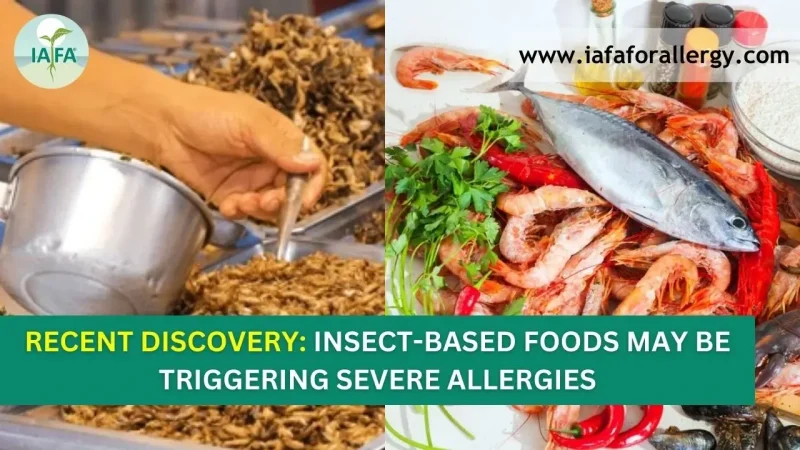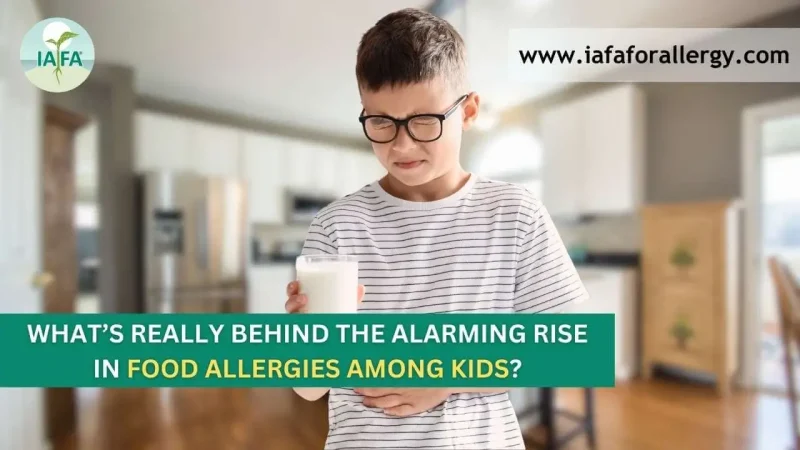Dermatophagoides Pteronyssinus is one of the two most important mites that compose house dust allergens. House dust consists of tiny microscopic bugs that belong to the spider family. The mixture of inert and allergenic components found in house dust is responsible for causing different types of respiratory conditions and allergies including asthma.
Dermatophagoides Pteronyssinus is a species of mites that thrives in warm and humid weather conditions. These tiny microscopic mites are capable of entering the human respiratory tract and cause various respiratory problems and conditions. They are about a little heavier than pollen grains and are believed to be carriers of human diseases but do not cause any infections or rash as such.
Symptoms of Dermatophagoides Pteronyssinus Allergy
House dust mites can trigger allergic reactions that follow a pattern or set of symptoms. This primarily answers our question as to What is Dermatophagoides Pteronyssinus Allergy. Now let us have a look at the symptoms of this allergy.
- Sneezing
- Coughing
- Itchy and watery eyes
- Stuffed or runny nose
- Wheezing
- Shortness of breath
- nasal congestion
- Pressure and pain in the facial muscles
- Swelling under the eyes
- Bluish-grey skin under the eyes
- Itching in the nose, throat, or upward area mouth
- Postnasal drip
- Redness of the eyes
Dermatophagoides Pteronyssinus Allergy often leads to further complications such as asthma, which shows the following symptoms:
- Difficult to breathe.
- Tightness in the chest.
- Pain in the chest.
- A whistling or wheezing sound is audible during exhaling.
- Coughing, wheezing, and shortness of breath lead to a troubled sleep.
Causes of Dermatophagoides Pteronyssinus Allergy
- Mites eat and thrive on organic matter such as the human skin cells that shed, and absorb moisture and humidity from the air for quenching their thirst. This is how the mites survive and multiply in the air.
- Both dead and living Dermatophagoides Pteronyssinus mites are capable of triggering allergic reactions by entering the system and producing inflammatory responses.
- Dust also contains the decaying bodies and feces of these mites, and the proteins present in these particles are chiefly responsible for causing Dermatophagoides Pteronyssinus Allergy.
- Dust mites are chiefly found in carpets, pillows, mattresses, upholstered couches, easy chairs, and various other items of furniture.
 Treatment of Dermatophagoides Pteronyssinus Allergy
Treatment of Dermatophagoides Pteronyssinus Allergy
Treatment of Dermatophagoides Pteronyssinus is very important as if not treated in the initial stages, it can lead to inflammation of the lungs and a chronic occurrence can also cause asthma.
When talking about treating dust mite allergies, one of the most basic thoughts that crosses the mind is limiting exposure to the Dermatophagoides pteronyssinus allergens. A few measures and precautions that can be taken to avoid coming into contact or at least minimize the exposure to them include:
- Using zipper pillow covers, allergen-proof bed covers, and tightly woven fabrics prevents the mites from entering the bedding.
- Thoroughly washing all items of bedding in warm water at least once in a week and then drying a hot dryer or natural sunlight in summer months helps in getting rid of the mites to a great extent.
- Dust mites can also be managed by purchasing a high-efficiency particulate air filter. (HEPA)
- Getting rid of clutter is essential as dust generally accumulates the most in these areas.
- A dehumidifier or air conditioner that keeps a check on the humidity of the house can also help.
- Frequent dusting with a damp towel helps in preventing the accumulation of dust hence keeping the mites away.
- Upholstered furniture and curtains must be cleaned and washed often.
Apart from these few preventive measures, Ayurvedic treatment procedures can also prove to be extremely effective and completely safe in treating Dermatophagoides Pteronyssinus allergy.
Ayurvedic Treatment of Dermatophagoides Pteronyssinus Allergy
- Drinking turmeric water, prepared by adding turmeric to boiling water when drunk regularly can have a magical effect on your immunity, thus helping the body fight against allergies.
- Chewing cloves and pepper can also help in relieving cough.
- Basil and mint leaves have excellent medicinal properties. These two must be added to boiling water and consumed daily to treat Dermatophagoides Pteronyssinus Allergy.
- A mixture prepared by adding crushed cloves and pepper to honey and turmeric powder can help a great deal in treating the allergy and its symptoms.
- Seasonal fruits and vegetables, green leafy vegetables, dairy products, and whole grains are rich sources of vitamins and minerals and can contribute in protecting the body against allergy-causing mites.
- Ayurvedic herbs and substances such as Neem, Aswagandha, Tulsi, Curcumin, Liquorice, Cinnamon, etc. are proven magical remedies to provide relief against allergic reactions and symptoms.
- According to Ayurveda, kapha can be eliminated by the Panchkarma Therapy. Kapha is believed to be the cause behind Dermatophagoides Pteronyssinus and can be treated by Nasya, Emesis, and Dhoomapana.
 Lifestyle Changes
Lifestyle Changes
- Regular intake of steam can help in clearing the respiratory tract of mites and allergens.
- Always wear a mask while driving vehicles, visiting public places, and dusting.
- Rub Mint Oil, Nilgiri Oil, or Pain Balm on the chest when symptoms of coughing and wheezing show up.
- Go for a morning walk and let your body breathe in some fresh morning air.
- Exercise regularly to build up immunity and stamina.
- Avoid exposing to hot sun rays.
Conclusion
So, by following these safety measures, precautions, Ayurvedic treatment measures, and home remedies one can get rid of Dermatophagoides pteronyssinus naturally. For personal assistance, one can opt for online ayurvedic consultation, where Ayurveda Experts and Healthcare providers give personal consultancy to treat allergies by prescribing Ayurvedic medicines, herbs, and techniques.









